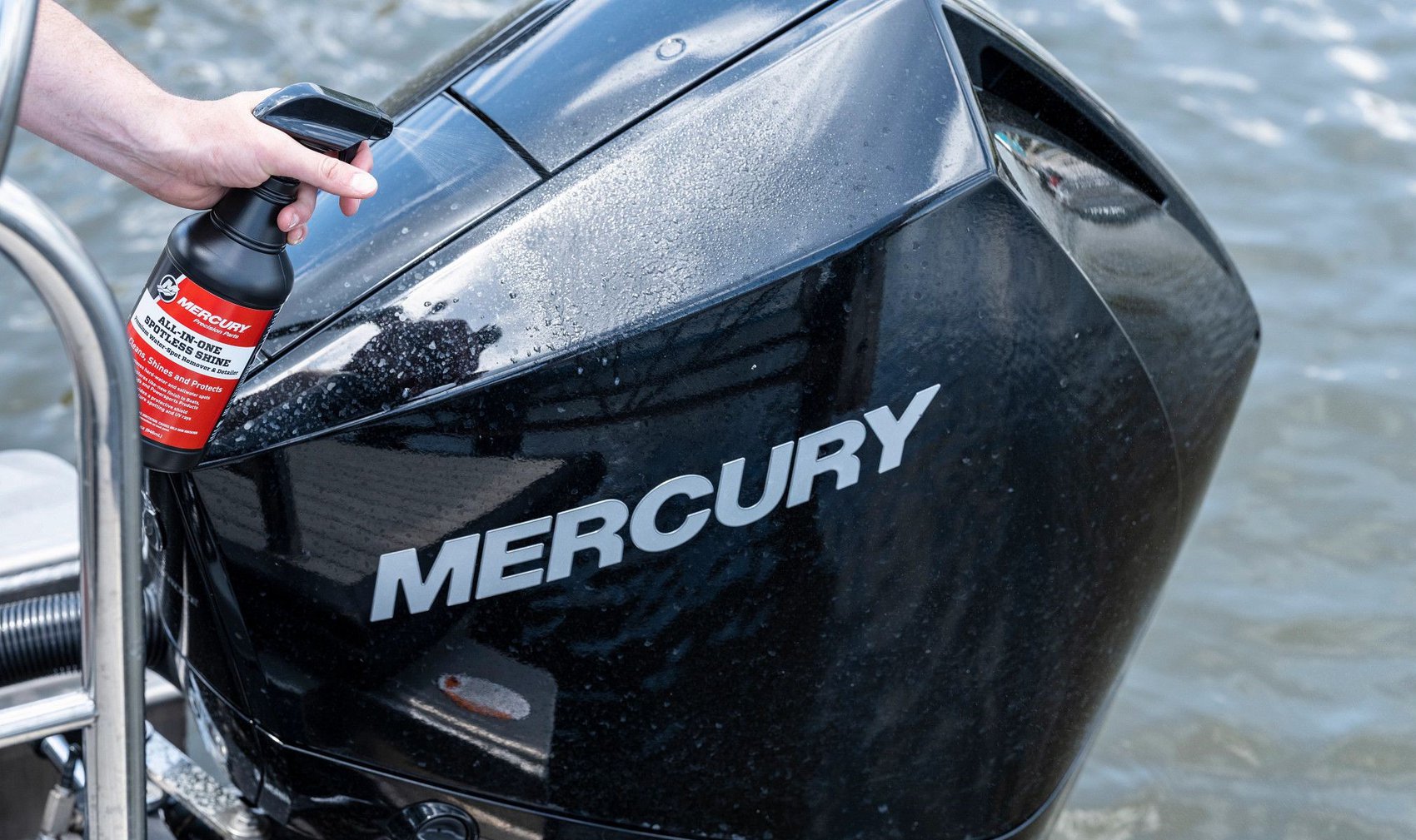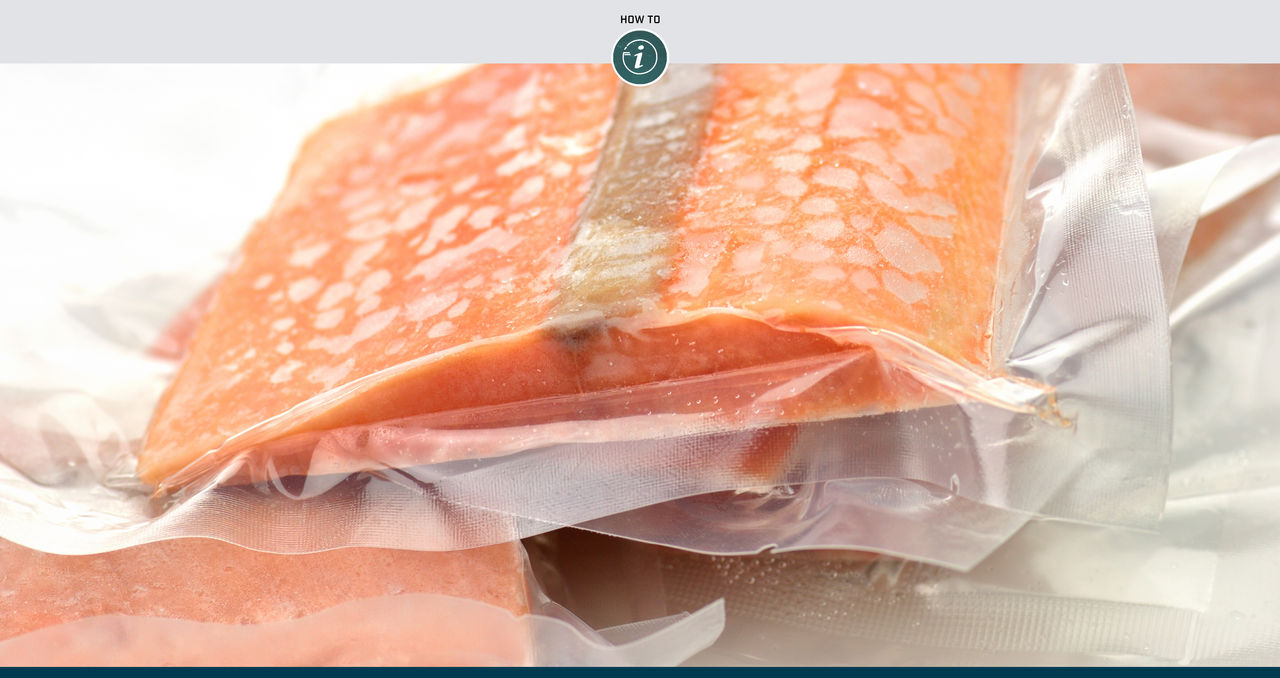So, you’ve just gotten back from a successful day on the water, where you reeled in a gorgeous haul of good-eatin’ fish. And while your plan is to fry some up for your evening supper, you’ve got more than you could possibly eat in one sitting. What will you do with the remainder of your catch?
Easy! Break out the vacuum sealer and freeze the rest for another time.
With the right equipment, sealing and freezing fresh fish is a simple and effective way to extend the shelf life of your catch. For this Dockline blog, Florida Sport Fishing Magazine founder and creator and host of Florida Sport Fishing TV Capt. Mike Genoun demonstrates how he tackles the job, showing just how fun and easy it can be.
Here’s how Capt. Mike goes about it:
Be sure to start the process with the freshest fish possible. Like anything else, what you end up with is directly related to what you put in.
Almost as important as the freshness of your fish is the quality of your vacuum sealer. Be sure you purchase a high-quality sealer. While a premium-grade sealer might cost you a bit more up front, it will be well worth the investment. A higher quality sealer will last longer and deliver a better seal, which will help preserve your fish longer as well as prevent freezer burn. And it'll do a better job of vacuuming out all the air and getting a good seal when there's residual moisture on the fish.
Now, before you begin the process of vacuum sealing, it’s absolutely critical that your fish be as dry as you can get it. Remove as much moisture from your fish as possible by wiping it with clean, dry paper towels. The drier the fish is, the better your seal will be, and the longer your catch will keep in the freezer. When done correctly, vacuum-sealed fish can keep for up to a year in the freezer. And when you go to eat it, only you will know it wasn’t just pulled out of the water.
As for the skin, Capt. Mike likes to leave it on because he believes it helps hold the meat together when it’s in the freezer. It also makes it easier to identify the species of fish. However, labeling your bag with the species of fish and the date is still a very good idea. That way, there’ll be no confusion. And remember, when it comes to keeping fish, always make sure you're following state regulations regarding possession limits and verification of species and date caught.
Now that your fish is nice and dry, the next thing you’ll want to do is trim it, removing the bloodline and bones. The bloodline has a strong fishy flavor, so removing it, along with the bones, will, according to Capt. Mike, help to ensure a greater level of freshness when you go to enjoy your catch.
Next, be sure you cut your fish into pieces that will easily fit inside the bags, paying attention not to pile the fillets on top of one another. Piling them on top of one another in the bag can lead to freezer burn, which will compromise the flavor of your fish.
Finally, with your fish dry and neatly packed inside the bags, it’s time to seal them up, label them if you haven’t already done so, and pop them in the freezer.
When you’re ready to eat your frozen fish, be sure to allow enough time for the fish to thaw naturally, pulling it from the freezer a day before you’re planning on consuming it. And never microwave fish! Not only can it dry fish out, it’s also incredibly easy to thaw it for too long in the microwave, causing an otherwise delicious piece of fish to go chewy. On top of that, microwaving fish can be pretty stinky.
Oh, and while vacuum sealing your catch is a great way to preserve it for another time, be sure to only harvest what you can realistically consume.
For more information on Florida Sport Fishing magazine and TV, visit FloridaSportFishing.com. You can also follow Florida Sport Fishing and Capt. Mike on LinkedIn, Facebook, Instagram, YouTube and Twitter.




